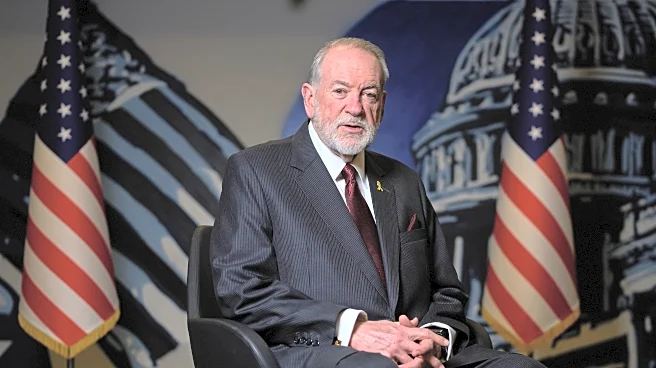What's Happening?
A growing number of American retirees are exploring the option of moving abroad to enjoy a lower cost of living and potentially better lifestyle options. According to data from International Living, many retirees are drawn to countries like Malaysia, France, and Panama, where living expenses, including housing and healthcare, are significantly lower than in the United States. This trend has been fueled by rising costs in the US, including housing and healthcare, which are depleting savings faster than in previous generations. The interest in relocating abroad has surged, with companies assisting in such moves reporting increased inquiries.
Why It's Important?
The movement of retirees abroad could have significant implications for the US economy and social systems. As retirees seek more affordable living conditions, there may be a shift in the demand for housing and healthcare services domestically. This trend also highlights the financial pressures faced by the aging population in the US, where many are struggling with economic insecurity. The potential outflow of retirees could impact local economies, particularly in areas with high retiree populations, and may influence policy discussions around retirement savings and healthcare costs.
What's Next?
As more retirees consider moving abroad, there may be increased demand for services that facilitate international relocation, including legal and financial advice. Countries that are popular retirement destinations may see an influx of American retirees, potentially influencing local economies and housing markets. Additionally, US policymakers might need to address the underlying issues driving this trend, such as the high cost of living and inadequate retirement savings, to retain retirees within the country.
Beyond the Headlines
The decision to move abroad involves complex considerations, including legal residency, healthcare access, and cultural adaptation. Retirees must navigate these challenges to ensure a smooth transition. Moreover, the trend raises questions about the sustainability of current economic policies in the US and the need for reforms to support the aging population.













